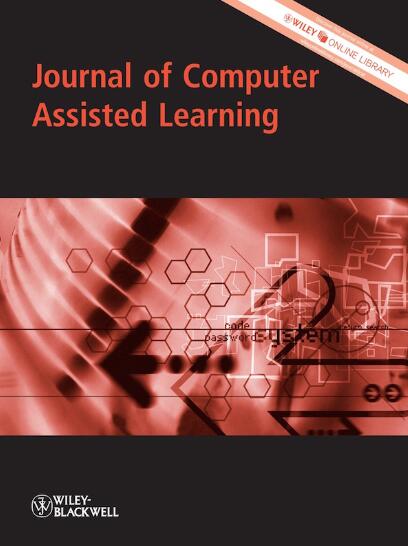Towards a Design of the Best Practices for AR-Guided Oral Communication Development: A Systematic Review of Selected Research Published From 2000 to 2023
Abstract
Background
Augmented reality (AR) emerges as a technology with considerable promise and substantial potential for pedagogical integration within language education contexts. However, there remains a scarcity of review studies exploring the best practices and principles for oral communication facilitation based on robust theoretical models or research-proven theories.
Objectives
This paper aims to explore the major constituents for achieving the successful outcomes of AR-assisted oral communication, grounded in the theory-based design model, and formulate theoretical guidelines to enhance the best practice facilitation process.
Methods
Starting from 255 sources, 25 studies from the ISI Web of Science were selected through rigorous screening processes based on the guidelines of the PRISMA statement. Furthermore, the researchers adopted qualitative content analysis and complementary quantitative descriptive analysis for data synthesis in accordance with four key variables of the established model.
Results and Conclusions
The results showed that the guided learner-directed learning approach supported by constructionists and reflective learning mechanisms was identified as an effective pedagogical design. Additionally, educational practitioners could employ hybrid learning strategies, including situated, collaborative, self-regulated and game-based learning strategies, to facilitate effective verbal communication. Finally, besides augmenting location-based content and facilitating contextual information and discussion, AR designers were advised to integrate personalised features such as self-monitoring and evaluating and learner manipulation of virtual objects into system development to promote learners' locus of control and embodied cognition.

 求助内容:
求助内容: 应助结果提醒方式:
应助结果提醒方式:


